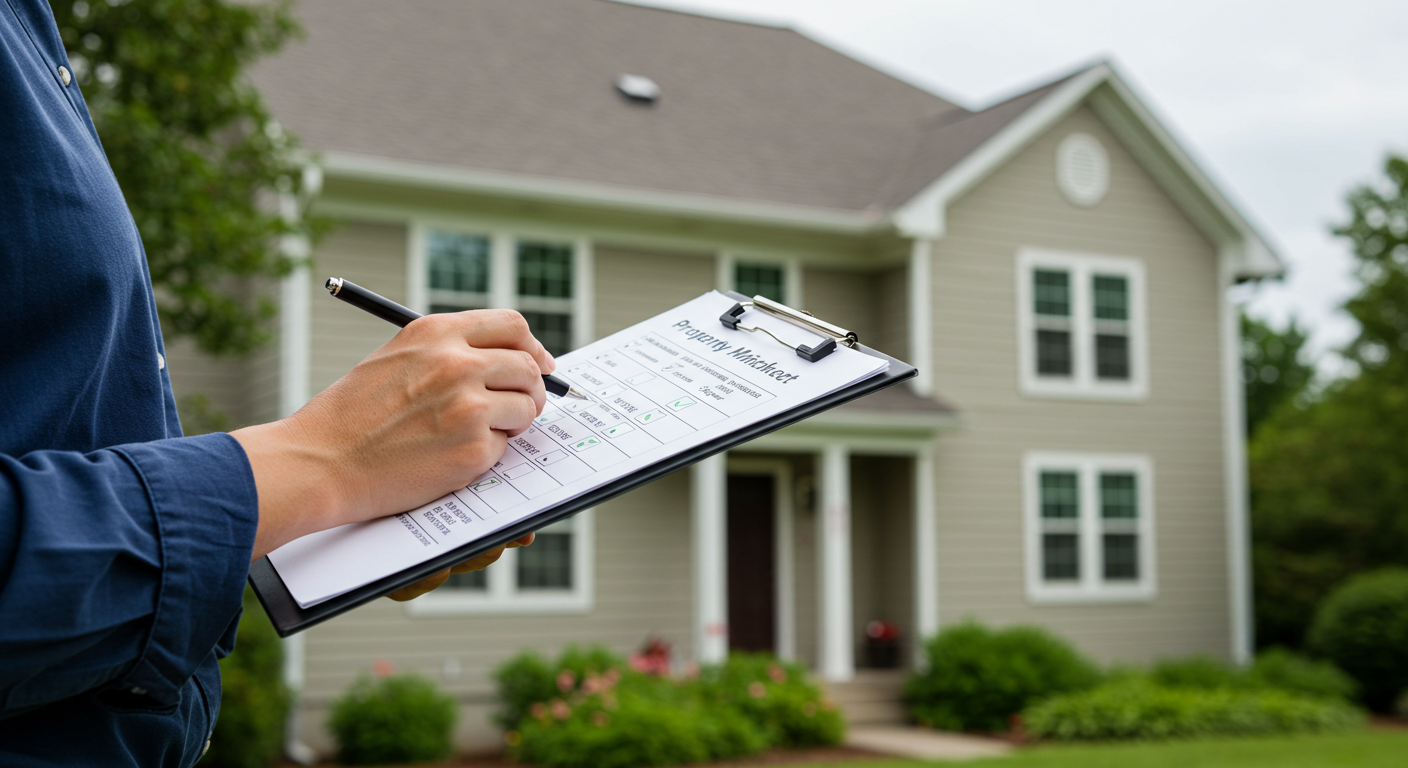Maintaining rental properties is not just about fixing broken pipes or repairing leaky roofs; it’s about sustaining the overall quality and safety of the living spaces. As landlords and property managers grapple with the demands of property maintenance in 2025, a preventive maintenance checklist becomes an essential tool. A strategic approach minimizes costs associated with emergency repairs, ramps up tenant satisfaction, and enhances the property’s long-term value. Here’s a comprehensive look at the key areas to focus on and strategies to effectively manage preventive maintenance.
Specific Preventive Maintenance Tasks
A general preventive maintenance checklist for rental properties can vary depending on the property type and location. However, several essential tasks generally apply:
- Regularly inspect and address any pest issues.
- Check for leaks and signs of water damage regularly.
- Inspect caulk and grout; provide hair catchers for drains.
- Regularly inspect roofs and clean gutters to prevent water clogging.
- Patch any cracks in ceilings or drywall.
- Air filters should be replaced every three months to enhance efficiency.
- Flush water heaters annually to prevent sediment buildup.
- Test smoke and carbon monoxide detectors regularly.
- Ensure tenants adhere to lease agreements, addressing any violations promptly.
The Plumbing Maintenance Landscape
Plumbing issues can range from minor inconveniences to major disasters. Understanding common plumbing troubles and implementing preventive measures can significantly reduce headaches.
Kitchens and Bathrooms: The Plumbing Hotspots
The kitchen is often the heart of a home but also the site of significant plumbing problems. A prominent issue arises from the accumulation of fats and oils in the drain. Property managers can address this through proper tenant education and stipulating in the lease that they should regularly clean and maintain drains. Likewise, in bathrooms, shower drains are notorious for hair blockages. Enforcing the use of hair strainer covers can reduce issues significantly.
To ensure effective plumbing maintenance, landlords can consider these action items:
- Educate tenants on proper disposal of kitchen waste.
- Regularly inspect plumbing fixtures for leaks and damages.
- Provide maintenance tips and include responsibilities in the lease agreement.
- Encourage tenants to report issues promptly.
Engaging Tenants in Preventive Maintenance
While landlords hold major maintenance responsibilities, tenants also play a pivotal role in the upkeep of rental properties. Establishing a collaborative approach to maintenance can foster a stronger landlord-tenant relationship.
A well-defined lease agreement should outline both the landlord’s and the tenant’s responsibilities regarding property maintenance. Items that can be assigned to tenants include:
- Cleaning dryer lint traps after each load to prevent fire hazards.
- Regular yard maintenance, including watering and weeding.
- Keeping common areas free from obstructions for safety.
- Checking for leaks or signs of damage in their units.
- Replacing burnt-out light bulbs and maintaining clean premises.
Strategies for Effective Property Management
Effective property management stems from a proactive approach and staying ahead of maintenance needs. Implementing a comprehensive preventive maintenance plan is essential in achieving this goal.
Utilizing Technology in Maintenance Management
Incorporating technology can streamline management processes. For instance, using property management solutions lets landlords track maintenance schedules, manage tenant requests, and ensure timely completion of maintenance tasks. These platforms often feature mobile applications that enable tenants to report issues instantaneously, ensuring that no problem goes unnoticed.
- Systematic Tracking: Schedule regular maintenance checks and keep records.
- Automated Reminders: Send tenants reminders about upcoming inspections or maintenance needs.
- Online Reporting: Allow tenants to submit maintenance requests easily.
- Centralized Documentation: Keep all maintenance records accessible online.
Additionally, proactive communication goes a long way. Periodic newsletters or emails reminding tenants of upcoming maintenance needs help keep everyone informed. Furthermore, reaching out to follow up on maintenance work reassures tenants that their comfort and safety are prioritized.
Conclusion: The Path Forward with Preventive Maintenance
With the right preventive maintenance checklist, landlords can navigate the complexities of property management with ease. Thoughtful preparation and strong tenant relationships will lead to fewer costly repairs, ensuring a smooth rental experience for everyone involved. Partnering with experienced property maintenance experts can further streamline operations.
